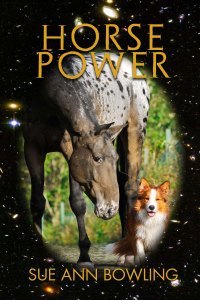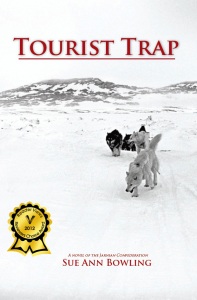 Here are some of the books recommended during the Summer Arts Festival creative writing class. This list will be added to in the future. Participants: if you have books that should be added, contact me.
Here are some of the books recommended during the Summer Arts Festival creative writing class. This list will be added to in the future. Participants: if you have books that should be added, contact me.
 Books on Writing
Books on Writing
Writing Brave and Free by Ted Kooser and Steve Cox
The Pen and the Bell by Brenda Miller and Holly Hughes
The Mindful Writer by Dinty Moore
Turning Life Into Fiction by Robin Hemley
The Making of a Poem by Mark Strand and Eavan Boland
The Writing Habit by David Huddle
Word Painting by Rebecca McClanahan
The Mind’s Eye by Kevin Clark
Tell it Slant by Brenda Miller and Suzanne Paola
Bone Deep in Landscape by Mary Clearman Blew
Writing the Sacred into the Real by Alison Hawthhorne Deming
 Other Books (Alaskan, Instructors, Participants)
Other Books (Alaskan, Instructors, Participants)
Leaving Resurrection by Eva Saulitis
Steam Laundry by Nicole Stellon O’Donnell
Double Moon by Margo Klass and Frank Soos (Creative Writing instructors in the past)
A Measure’s Hush by Anne Coray
The Poet’s Guide to the Birds Judith Kitchen and Ted Kooser
The City Beneath the Snow by Marjorie Cole
The Rabbits Could Sing by Amber Flora Thomas
The Cormorant Hunter’s Wife by Joan Kane
Just Breathe Normally by Peggy Shumaker
The Farther Shore by Rob Davidson
Ohio Blue Tips by Jeanne E. Clark
Gorrill’s Orchard by Jeanne E. Clark
Field Observations by Rob Davidson
Bicycling Beyond the Divide by Daryl Farmer
Note that the deadline for the Ode to a Dead Salmon contest is approaching!






























 Buy Homecoming from iUniverse
Buy Homecoming from iUniverse















